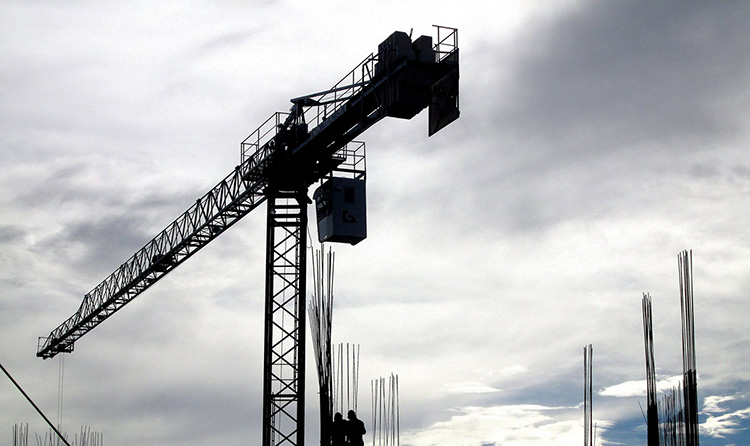Guide to Crane Safety

Vital aspects of crane safety include effective communication and emergency planning while cranes should be used only on stable ground and in safe weather conditions.
Crane safety is as much about preparation as execution. Preparing for crane operation includes understanding the undertaking, choosing the appropriate vehicle, and hiring an experienced operator.
What constitutes a crane?
- Items of machinery used to raise and lower a load and move it horizontally
- Cranes can be fixed or mobile
- Powered mobile plants such as forklifts, excavators, and hoists may be considered cranes in some operational circumstances
Preparing for crane operation
Crane operation comes with inherent risk. There are around 240 serious injury claims every year, according to Safe Work Australia.
The first step in crane safety is gaining an understanding of the job to be completed. Learn the scope of the work, the details of the worksite, and the materials or items that must be moved.
After gaining a thorough understanding of the job, you can better select a crane. To make a sensible choice, consider the weight to be carried, how often the crane will be used, and how high the crane needs to reach. In particular, review the conditions under which the crane will be used.
Operating a crane is complex, making it crucial that operators have the necessary skills to perform their work safely. Crane operation is high-risk and requires a high-risk work licence.
Tips for crane safety
Assess potential hazards
Ensure a comprehensive understanding hazards and the work area by considering your crane and its interactions with nearby structures, vehicles and people.
Minimise risk
Use your hazard assessment to minimise any potential risks using the hierarchy of control. Minimising risk may include providing safety structures for the crane operator, barriers for workers and pedestrians and a crane schedule to decrease interaction with people or other vehicles.
Evaluate ground conditions and wind conditions
Stability is one of the most important parts of safe crane operation. According to Safe Work Australia, “failure to maintain stability is one of the key factors associated with serious crane incidents.” The risk of instability is why cranes should only be operated on level, compacted surfaces and in safe wind conditions.
Perform inspections and oversee operations
Inspecting and maintaining the cranes at your workplace is your responsibility as a person conducting a business or undertaking (PCBU) under the model WHS Regulations.
Before your crane can be used, you must carry out all necessary tests, inspections, and specific adjustments.
Additionally, task at least one person with overseeing the crane operation each time it is in use.
Maintain effective communication
The operation of a crane requires effective communication between the crane operator, dogger or rigger, and site manager.
Communication can take the form of hand signals, radio communication, bells, buzzers, or whistles. Only one dogger should give signals at a time to prevent miscommunication. Additional emphasis should be put on communication in circumstances when:
- the crane operator cannot see the load or landing area
- the crane operator may struggle to judge distance accurately
- the crane or load has the potential to make contact with obstacles like overhead electric lines
Form an emergency plan
An emergency plan is required wherever a crane will be operated. The plan should include contact numbers for emergency services, response and evacuation procedures and medical treatment. All workers must participate in emergency procedure training.








































































